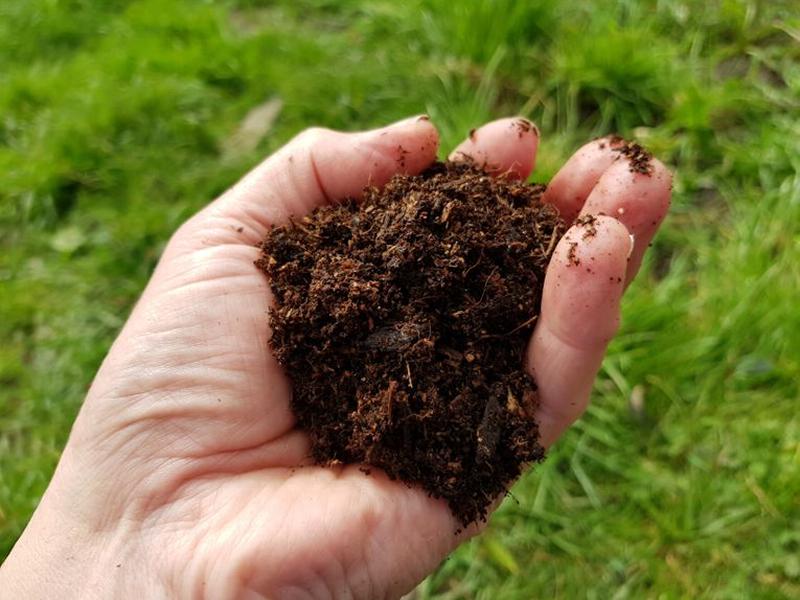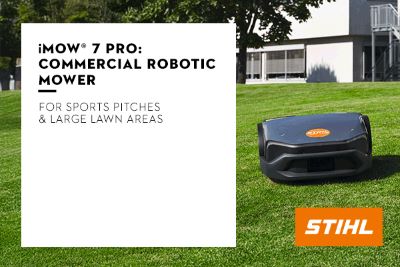
Sally Nex: Busting myths about peat-free compost
You may have come across the #PeatFreeApril campaign on social media last year. Well: now it’s back, bigger and better, and more determined than ever to get us all growing in peat-free compost.
Every gardener I know cares deeply about the natural world, and most are increasingly uneasy about the environmental impact of growing in peat. If you garden in peat-based potting composts, you’re contributing to the destruction of a rare and valuable ecosystem, home to gems like carnivorous sundews, marsh saxifrages, wild cranberries and bog orchids.
Even worse, when peat bogs are dried out and dug up so that you can pot up your petunias or sow your spinach, they release carbon dioxide straight into the air, so you’re also contributing directly to climate change. In fact peat harvesting in the UK alone emits as much greenhouse gas in a year as three coal-fired power stations.
Most gardeners also want to grow the best plants they can, though. And they know that the potting compost you choose can be the difference between a garden bursting with lush, healthy veg; and a frustrating battle to get anything to grow at all. It often seems easier to stick with what you know works well, rather than risking your seedlings on something new.
But many complaints you’ll hear about peat-free composts are based on out-of-date information, or the result of simple mistakes which are easy to avoid. So if you’ve always grown in peat-based compost and you’re hesitating to take the plunge, read on Sally Nex's blog post on Learning with Experts to find out why you should.

